
Best Earth Images of the Week Feb. 22, 2013
Deep discoveries
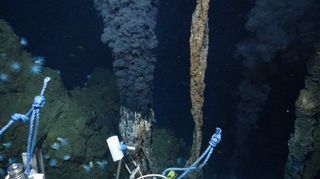
Researchers are exploring the deepest known set of hydrothermal vents in the world, at a site in the Caribbean nearly 5 kilometers (3 miles) beneath the ocean surface.
They've discovered a new vent there that is deeper than any previously known, said Andrew Thaler, a researcher on the expedition. The group explores the area using a remotely operated vehicle (ROV) named Isis, which just completed its first dive yesterday (Feb. 20), Thaler told OurAmazingPlanet.
[Full Story: Expedition Explores World's Deepest Hydrothermal Vents]
What's that white stuff?
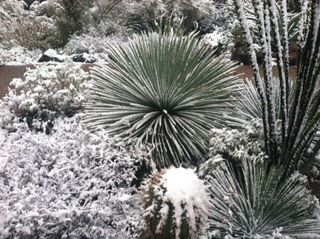
Fresh snow is a major event in a city where summer temperatures regularly soar above the sweltering level.
So even though the National Weather Service (NWS) officially reported only a trace desert snowfall in Tucson, Ariz., today (Feb. 20), residents still celebrated the powder (less than 0.1 inches, or 25 millimeters) clinging to palm trees and bougainvillea. The University of Arizona's Athletics Department already has a video online showing the campus under a flurry of flakes, set to cheery music.
[Full Story: Snow Carpets Arizona's Desert Cities]
En garde
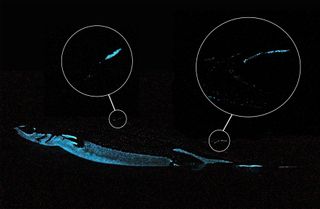
Austin Powers' Dr. Evil had one simple request: "sharks with frickin' laser beams attached to their heads."
Velvet belly lantern sharks may not satisfy that demand, but perhaps they're even better: They come ready-made with glowing spines that look like lightsabers, research shows.
[Full Story: 'Lightsaber' Spines Help Strange Shark Ward Off Predators]
A Tucson find
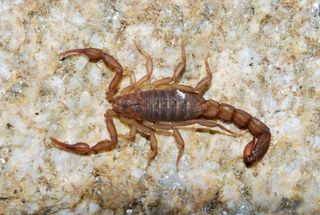
A new species of scorpion has been discovered in the mountains just outside the city of Tucson, Ariz.
The newfound creature is only about 1 inch (27 millimeters) long and sports a dapper brown color. It lives in the oak forests in the Santa Catalina Mountains, at an elevation of around 5,900 feet (1,800 meters), according to a study describing the new scorpion published recently in the journal ZooKeys.
[Full Story: New Scorpion Species Discovered Outside Tucson]
Dramatics caught on video
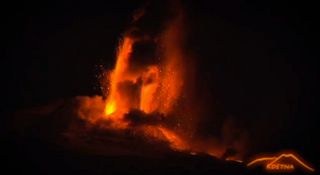
Italy's Mount Etna sent lava and gas shooting toward the stars early this morning (Feb. 19), the first big eruption for the volcano in 2013.
The famous Sicilian volcano burst to life overnight, sending a fountain of fire into the air. The dramatic scene was captured in a video by Klaus Dorschfeldt, a videographer and webmaster at Italy's National Institute of Geophysics and Volcanology.
[Full Story: Mount Etna's Dramatic New Eruption: Video]
Land of Giants
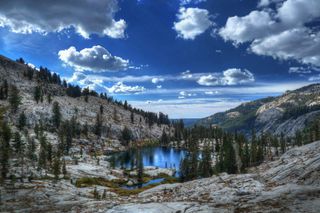
Giants live in Sequoia and Kings Canyon National Parks.
Soaring mountains, rocky foothills, deep canyons, more than 200 marble caverns and the world's largest trees call these side-by-side parks home.
[Full Story: Land of Giants: Sequoia and Kings Canyon National Parks]
Blast heard 'round the world

The shock wave from Friday's (Feb. 15) meteor explosion above Russia sent subsonic waves through the atmosphere halfway around the world.
Up to 11 sensors in Greenland, Africa, Russia's Kamchatka Peninsula and other far-flung regions detected the Russian meteor blast's infrasound, or low-frequency sound waves. The sensors are part of the global network of 60 infrasound stations maintained by the Comprehensive Nuclear Test Ban Treaty Organization (CTBTO).
[Full Story: Russian Meteor Blast 'Heard' Around the World]
Sign up for the Live Science daily newsletter now
Get the world’s most fascinating discoveries delivered straight to your inbox.











